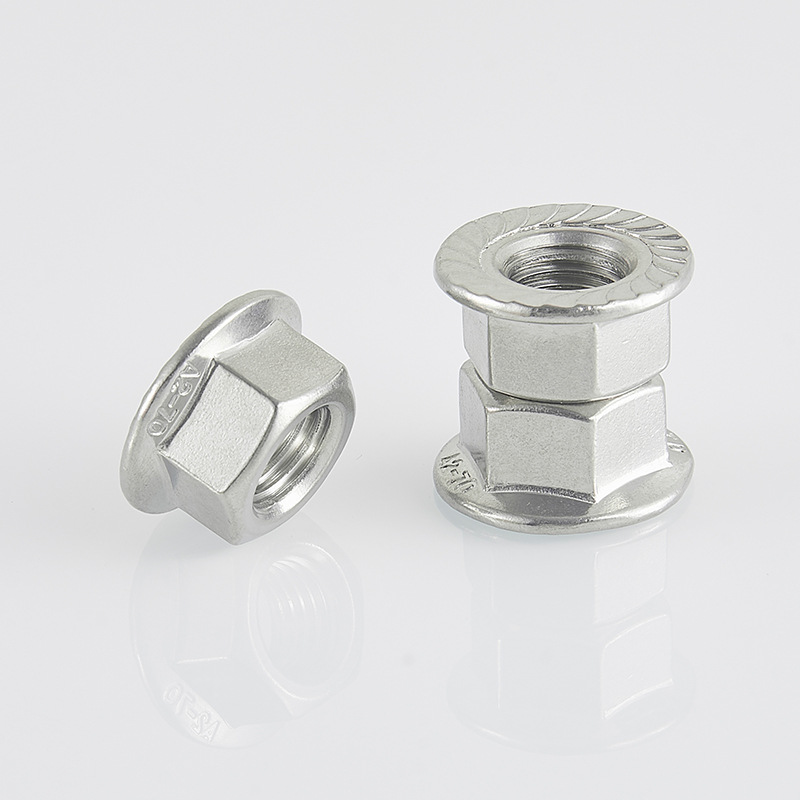

a325 type 3 bolts
Oct . 10, 2024 09:23 Back to list
a325 type 3 bolts
Understanding A325 Type 3 Bolts Specifications and Applications
When it comes to structural engineering and construction, the importance of high-strength fasteners cannot be overstated. Amongst these, A325 Type 3 bolts are a prevalent choice due to their unique properties and reliability. This article delves into the specifications, characteristics, and applications of A325 Type 3 bolts, providing insight for engineers, architects, and construction professionals.
Specifications of A325 Type 3 Bolts
The designation “A325” refers to the specifications set forth by the American Society for Testing and Materials (ASTM), specifically ASTM A325. A325 bolts are commonly used in structural steel connections due to their high strength and toughness. Type 3 denotes a specific subset of A325 bolts, which are designed to have enhanced weather resistance.
A325 Type 3 bolts are made from carbon steel and are generally used in environments where they may be exposed to moisture, pollution, or other corrosive substances. These bolts undergo a galvanization process that significantly increases their resistance to rust and corrosion. The mechanical properties of A325 Type 3 bolts include
- Yield Strength Minimum yield strength of 85 ksi (kilopounds per square inch) - Tensile Strength Minimum tensile strength ranging from 105 to 125 ksi - Ductility Significant elongation to ensure that the material can absorb energy without failing suddenly
These specifications ensure that A325 Type 3 bolts can withstand heavy loads and stress, making them ideal for use in various structural applications.
Characteristics of A325 Type 3 Bolts
a325 type 3 bolts

One of the most prominent characteristics of A325 Type 3 bolts is their resistance to weathering. The galvanization process not only prevents corrosion but also enhances the bolts’ ability to endure harsh environmental conditions. This makes A325 Type 3 bolts suitable for outdoor applications, such as bridges, towers, and buildings that face exposure to the elements.
Another key feature is the unique design of the bolt head, which is typically hexagonal. This shape allows for a secure grip with a wrench, enabling efficient installation. The bolt's threads are designed to provide a firm grip when tightened, ensuring that the connection remains secure over time.
A325 Type 3 bolts are also manufactured in various sizes and lengths, making them versatile for different applications. Engineers can choose the specifications that best fit their design requirements, ensuring that each connection is optimized for safety and performance.
Applications of A325 Type 3 Bolts
A325 Type 3 bolts are widely used in various construction projects. Some common applications include
- Bridges Due to their strength and corrosion resistance, A325 Type 3 bolts are ideal for securing components in bridge construction, which often faces challenging environmental conditions and heavy loads. - High-Rise Buildings In the construction of skyscrapers and other tall structures, A325 Type 3 bolts provide the necessary strength to hold together steel beams and columns, ensuring the structural integrity of the building. - Industrial Structures Factories and warehouses often utilize A325 Type 3 bolts for their ability to withstand the rigors of heavy machinery and equipment. - Wind Turbines The renewable energy sector benefits from A325 Type 3 bolts for securing turbine components that are exposed to wind and moisture.
Conclusion
In summary, A325 Type 3 bolts stand out due to their high-strength specifications and excellent weather-resistant properties. They play a crucial role in ensuring the safety and durability of various structures, especially in challenging environments. By understanding the characteristics and applications of A325 Type 3 bolts, professionals in the field can make informed decisions, ultimately leading to safer and more reliable constructions. Whether it is a bridge, a skyscraper, or an industrial facility, these bolts are essential for achieving structural integrity and longevity.
Latest news
-
High-Strength Hot Dip Galvanized Bolts - Hebei Longze | Corrosion Resistance, Customization
NewsJul.30,2025
-
Hot Dip Galvanized Bolts-Hebei Longze|Corrosion Resistance&High Strength
NewsJul.30,2025
-
High-Strength Hot-Dip Galvanized Bolts-Hebei Longze|Corrosion Resistance&High Strength
NewsJul.30,2025
-
Hot Dip Galvanized Bolts-Hebei Longze|Corrosion Resistance&High Strength
NewsJul.30,2025
-
Hot Dip Galvanized Bolts - Hebei Longze | Corrosion Resistance, High Strength
NewsJul.30,2025
-
High-Strength Hot Dip Galvanized Bolts-Hebei Longze|Corrosion Resistance, Grade 8.8
NewsJul.30,2025

